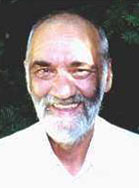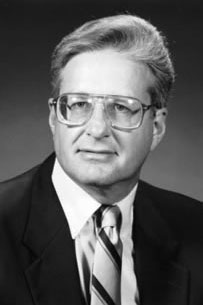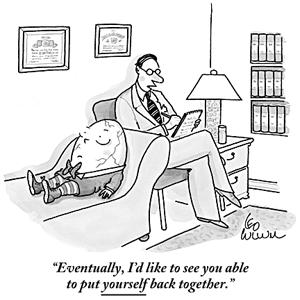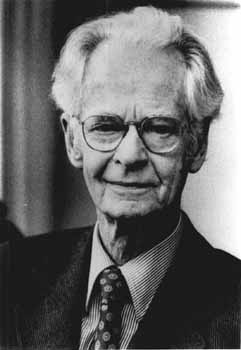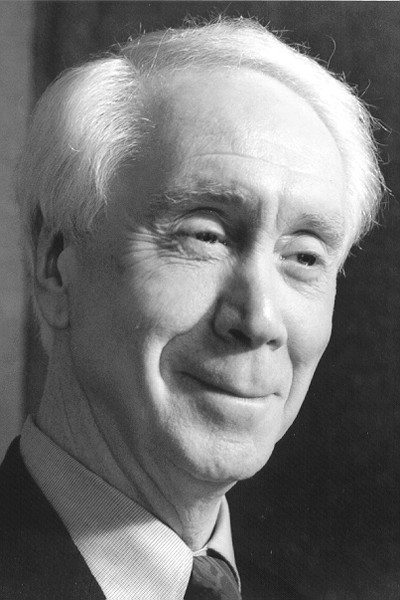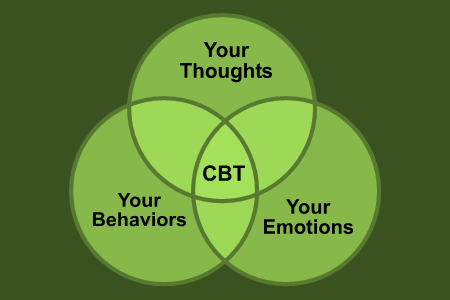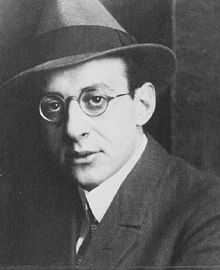
http://www.waxhawfc.com/therapy-charlotte-therapy-waxhaw-therapy-treatmen/family-systems/
Founders:
Alfred Adler: (1870-1937) was the first psychologist of the modern era to do family therapy using a system approach. He had set up more than 30 child guidance clinics in Vienna. After he brought this concept to the United States. See Adlerian Therapy section of this blog for more information on Adler.

http://webspace.ship.edu/cgboer/adler.html
Murray Bowen: (1913-1990) was one of the original developers of mainstream family therapy. He believed that families could be best understood coming from a three-generation perspective. This is because patters of interpersonal relationships connect family members across generations.
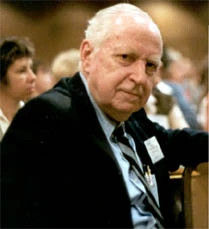
http://ideastoaction.wordpress.com/dr-bowen/
Virginia Satir (1916-1988) she developed conjoint family therapy. She worked to bring family patterns to life in the present through sculpting and family reconstructions. She believed that the focus should be between the therapist and family to achieve change.
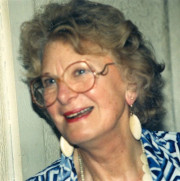
http://www.landsiedel-seminare.de/nlp/wichtige-personen/virginia-satir.html
Carl Whitaker (1912-1995) He created symbolic-experiential family therapy. He saw that the therapist was an active participant and coach who enters the process placing enough pressure to produce change.
https://store.erickson-foundation.org/product/ep85-clinical-presentation-15-carl-whitaker/
Salvador Minuchin: (1921-) in the 1960's he started to develop structural family therapy. In the 1970's Minuchin refined his theory and practice . he focused on the organization of the family. He believed that in order for an individual's symptoms to be reduced there must be structural change in the family first.

http://www.psicologosencostarica.com/blog/2012/12/15/
Jay Haley (1923-2007) & Cloe Madanes (1941-) they founded the School of strategic family therapy in the 1970's. They favored re framing family directives and interventions.
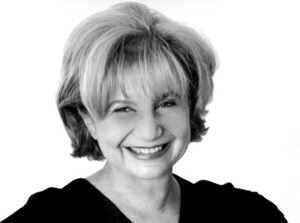
http://www.iamdrshort.com/book.htm
Adlerian Family Therapy:
First noticed that the development of children was based on birth order. Rudolf Dreikurs redefined Adler's concepts and created an organized approach to family therapy. Assessment is based on subjunctive descriptions that family members use to define themselves and interactions. The therapist must unlock goals and patterns that were once mistaken. Another goal is to enable parents as leader family, as well as promoting effective parenting. There is a relationship based on mutual respect and investigation of birth order.
Multigenerational Family Therapy:
Bowen observed and his interests lead to patterns across multiple generations. He stated that the problems that develop in a family will not change until the family patterns change. The cause of the individual's problem can only be understood by viewing the role of the family as a unit. Change must be done with other family members and cannot be done with just the individual in a counseling room. Some of the goals of this therapeutic technique include differentiate the self, change the individual within the system, and to decrease anxieties.
Human Validation Process Model:
Virginia Satir envisioned and sought to support the development of the nurturing triad. This included tow people (parents) and another, whom were working for the well-being of a child. Satir placed a large amount of importance communication in family interactions. There are four communication stances people tend to take when under stress: Blaming, placating, super reasonable, and irrelevant. Some goals of this therapy include: promoting growth and self-esteem, and helping family reach congruent communication. The therapist uses empathy, touch, communication, and role playing as some techniques withing the counseling.
Experimental Family Therapy:
Pioneered by Carl Whitaker. He stressed choice, freedom, self-determination, growth, and actualization.
There is great importance of the relationship between the family and the therapist. His goal was not to eliminate anxiety but rather, but enhance it so it would help motivate the client for change. There was no set method to this approach, it was a personal involvement that made the difference. Some of the goals were to Promote Spontaneity, creativity, autonomy, and ability to play.
Structural-Strategic Family Therapy:
The central idea of structural family therapy was that the individual's symptoms are best understood from the vantage point of patterns or sequences within a family. Structural changes must occur before the an individual's symptoms can be reduced. The goals of this therapy are reduce symptoms, and then bring about structural change within the symptoms. Structural-strategic approaches were the most used models in family systems therapy. Some goals include, restructuring family organization, change dysfunctional transitional patterns, as well as eliminating presenting problems.
Explanation of family systems
Information courtesy of:
Gerald Corey-Theory and Practice of Counseling and Psychotherapy 9th ed


